 | Introduction Hyatt Hotels, Toshiba, Fidelity, Wise and Booz Allen Hamilton are corporate titans in their respective industry sectors. By offering services that touch the lives of many, whether in booking a hotel retreat or facilitating seamless travel, or delivering the latest cutting-edge gadget, all have gained the coveted status of a household name. Yet the common connection they all share, is a market cap similar to a troll-coin designed to have no worth. Currently priced at US $0.13 (as of the time of writing on 29th February) after a 57% rally this week and holding a market cap of US $19 billion is Dogecoin (ticker symbol DOGE). Unpretentiously and unapologetically ‘selling’ nothing but a bunch of warnings not to invest, I end up questioning the world we live in when nothing of tangible value seems to be attributed to the somewhat success of the project. Dogecoin underscores the evolving dynamics within the cryptocurrency landscape, challenging conventional notions of value and market influence. In this article we explore how a bunch of do-good social sentiments and an unlikely series of events culminated in Dogecoin becoming a prominent feature in modern internet culture. And curiously… how it can be valued as much as it is.Dogecoin, born out of the internet culture's love for memes and the desire to create a fun and friendly cryptocurrency, has emerged as a distinctive player in the world of digital assets. Dogecoin was started in 2013 by Jackson Palmer and Billy Markus, who initially created it as a joke based on a cute Shiba Inu dog with poor grammar. Aptly thinking that the cryptocurrency industry was being taken far too seriously, they took a copy of Litecoin’s code (developers known this as ‘forking’), removed the maximum coin minting limit and changed some of the code’s variables to ensure that the coin’s supply was so generous that it would be worth fractions of a cent. Unlike Bitcoin, which has a capped supply, Dogecoin keeps making more with billions of coins entering circulation each year. This feature has sparked debate within the crypto community giving rise to questions and discussions about the project's long-term viability. Critics argue that a generous coin supply may pose challenges to establishing and maintaining a robust and enduring economic framework for the token. In science, we use the word antithesis to describe the difference between two ideals or mindsets. In its design proposition stands an antithesis to conventional wisdom in a combination of factors that really should not work. Yet in its viral launch, it quickly gained traction surpassing Bitcoin’s transaction volume in two weeks and becoming Reddit’s tipping currency of choice. Before venturing into the cryptocurrency industry, my professional experience was in investment banking. There, the common tools for analyzing a company, is a slew of corporate jargon with terms such as balance sheets, liabilities and net asset values. Those on the trading floor went by a vocabulary of fixed income returns, black-scholes and fundamental analysis. All elaborate methods that might seem like ways to justify hefty paychecks, all of which fall flat when applied to Dogecoin. We might be tempted to think that a business or finance major would be better suited to exploring the themes of Dogecoin price action. However I saw an opportunity to explore a passion of mine, a deep dive into social psychology and behavioral economics to draw a conclusion into the irrationality of Dogecoin’s price action. The coin's journey evolved in an unexpected rise when high-profile endorsements, particularly from figures like Elon Musk, pushed Dogecoin into the mainstream. Musk's tweets became a catalyst for Dogecoin price movements. The Elon effect on Dogecoin’s price If you think about Dogecoin, you will think of Musk. The billionaire really loves the coin and every time he tweets about it, the price goes up. With 174 million X (Twitter) followers, his ability to significantly swing the markets is uncanny and has, at times, gotten him into a lot of trouble. On February 4th 2021, he posted several tweets of Dogecoin, sending the price flying over 40% within the day. On December 14th 2021, he announced that Tesla would trial run accepting Dogecoin for merchandise and the price jumped over 30% in the subsequent four hours. Based on this chart below, the price of Dogecoin went parabolic subsequent to Musk’s tweets. The Concept of Behavioral Finance Behavioral finance and behavioral economics examine how psychological factors and emotional biases influence financial decisions and market outcomes. While in the presence of well-spoken finance folks, ones we might find at our friendly neighborhood bank branch, we’re told that markets are rational. And so it might not make immediate sense that in reality, markets, however justified, are still run by their ultimate decision makers, human beings. In the spirit of mental health awareness, we have to be brutally honest with ourselves that we are just as fallible to the forces of human nature then the next. In the case of Dogecoin and Musk's tweets, there is some interesting psychology at play: Herding Behavior / Fear of Missing Out (FOMO) Whether we like to admit it or not, we are social creatures that often follow the crowd and are influenced by the actions of others. In the context of Dogecoin, Musk’s fanboying about the meme to his large following creates a desire for others, often sharing real time about their purchases to follow the herd. Anchoring Anchoring occurs when individuals fixate on specific prices or values, often the first one they encounter. Musk's tweets can serve as anchors, setting a reference point for investors and influencing their perceptions of a coin's value. We see this at play when follow-up comments are posted in response to Musk’s original Dogecoin related tweets. Overreaction (and Underreaction) / Celebrity Endorsement Behavioral finance suggests that markets can overreact or underreact to new information. Musk's tweets, especially because they are so unexpected and due to his influence, trigger exaggerated market responses, causing rapid price movements. In 2018, SEC charged Musk with securities fraud drawing conclusion that a tweet in what some thought was a joke of taking Tesla private at $420, caused the stock to jump 6% triggering the stock exchange’s emergency circuit breaker which temporarily halted trading. The SEC at the time quoted its Enforcement officer Steven Peikin in a statement sharing that “An officer’s celebrity status or reputation as a technological innovator does not give license to take those responsibilities lightly.” Human Bias Confirmation bias is recognised in psychology as a human tendency to favor information that confirms pre-existing beliefs and values. Scientists like Daniel Khaneman in the field of behavioral economics often explore ways to mitigate the effects of confirmation bias, as it can lead to flawed reasoning, reinforce existing beliefs, and contribute to the persistence of stereotypes. Musk’s tweets, often shared by Dogecoin enthusiasts, serve to reinforce positive views and affirm prior decisions. Nassim Taleb, author of “The Black Swan”, another pioneer in the field of behavioral economics explains that humans have a tendency to use recent experience as a baseline for what will happen in the future. A frequent reminder provided by Musk by his repetitive sharing of Doge related content helps remind you that we should all be holding Dogecoin. Algorithms increasingly dictate our perspective of the world with a phenomenon emerging in recent years known as a “filter bubble”. Eli Pariser, activist and author first popularised this concept and explains how modern technology, from search engines to social media platforms are designed in a way whereby our past interests will determine what we are exposed to in the future. The result is an algorithmic bias for images and content following the themes of our favorite meme. And further… While these are the core tenets of behavioral finance, understanding the complexities of human behavior can lead us to observe that studying political theory would provide snippets of rationale behind those banding behind Musk’s Dogecoin tweets. Observed in this context as a way to share anti-establishment and financial libertarian ideals, he becomes a convenient spokesperson whose tweets are easily liked and shared among our peers. What’s Next? Dogecoin developers announced that a physical dogecoin token could reach Earth’s moon on 23rd December 2023 in a space payload mission planned by Pittsburg-based firm Astrobotic. This mission is in addition to the launch of ‘DOGE-1’ satellite which was initially set for 2022 and now targeted for later in 2024. As this is a huge step forward for Dogecoin, the crypto community is anticipating a tweet from Musk about this moon mission, which will propel the price of Dogecoin to new heights. Conclusion In crypto, psychology and behavioral finance matter just as much as fundamentals. Despite Dogecoin’s origin as a joke, the substantial impact of Musk's influence and the vibrant community surrounding this dog-themed cryptocurrency significantly shapes its market dynamics. Beyond the meme-driven hype, Dogecoin has found practical use cases. The coin is increasingly embraced for tipping and charitable donations due to its low transaction fees. Additionally, the upcoming launch of a physical Dogecoin token to the moon and the 'DOGE-1' satellite project showcase the coin's potential utility in space-related missions. We live in a world where significant value is attributed to social sentiments, but never before have we lived in a world where it has been measurable, real-time. Interesting social experiment to gauge the value of mutual good, driven and combined with capitalism’s finest motivators. To get rich. A solid investment thesis is typically characterized by seeking out projects with strong fundamentals, but when the fundamentals are entirely meme-driven… knowing that the markets are driven by cycles of human psychology, we must admit, do we need to challenge conventional wisdom? Are the current generations of gamers and online digital-natives and (those who grew up not knowing life-before) social media, all reaching their 30’s… in positions of power, controlling more financial capability than ever before, rising to become decision makers in this world. Meme’s and the hilarity behind sharing them are second nature to those, both young and old… are we finally starting to understand the power each of us yield in our smartphones. And are we now pricing that into fundamentals alongside revenues, assets and liabilities. Defidive is an asset management platform that specializes in the management of crypto based assets, we do this by filtering the noise. We are traders, gamers, digital natives, crypto advocates, and driven by curiosity. We would like to thank Charles Bovaird, Senior Contributor and Financial Writer at Forbes for proof reading and providing insights for this article. [link] [comments] |

You can get bonuses upto $100 FREE BONUS when you:
💰 Install these recommended apps:
💲 SocialGood - 100% Crypto Back on Everyday Shopping
💲 xPortal - The DeFi For The Next Billion
💲 CryptoTab Browser - Lightweight, fast, and ready to mine!
💰 Register on these recommended exchanges:
🟡 Binance🟡 Bitfinex🟡 Bitmart🟡 Bittrex🟡 Bitget
🟡 CoinEx🟡 Crypto.com🟡 Gate.io🟡 Huobi🟡 Kucoin.


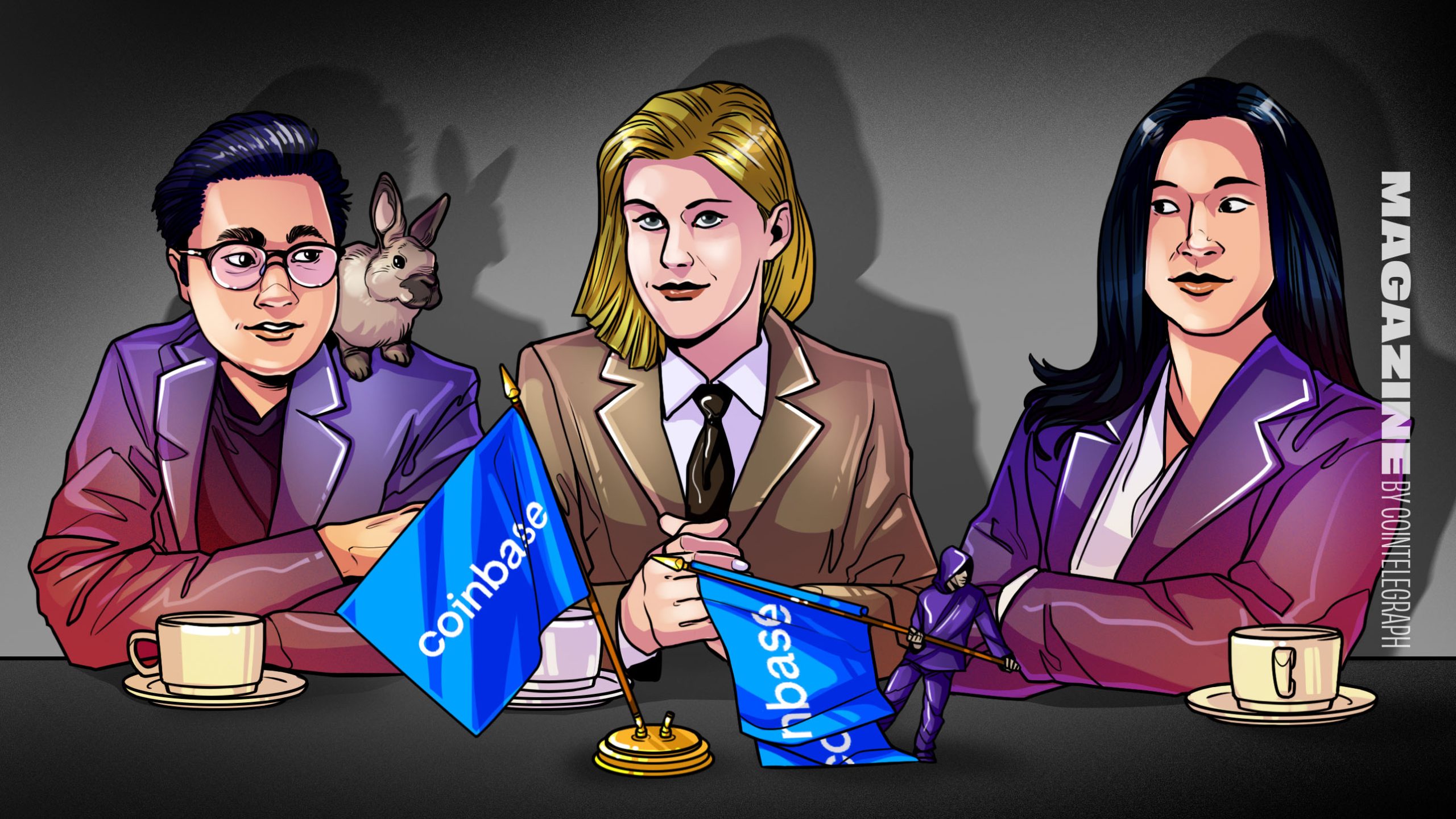
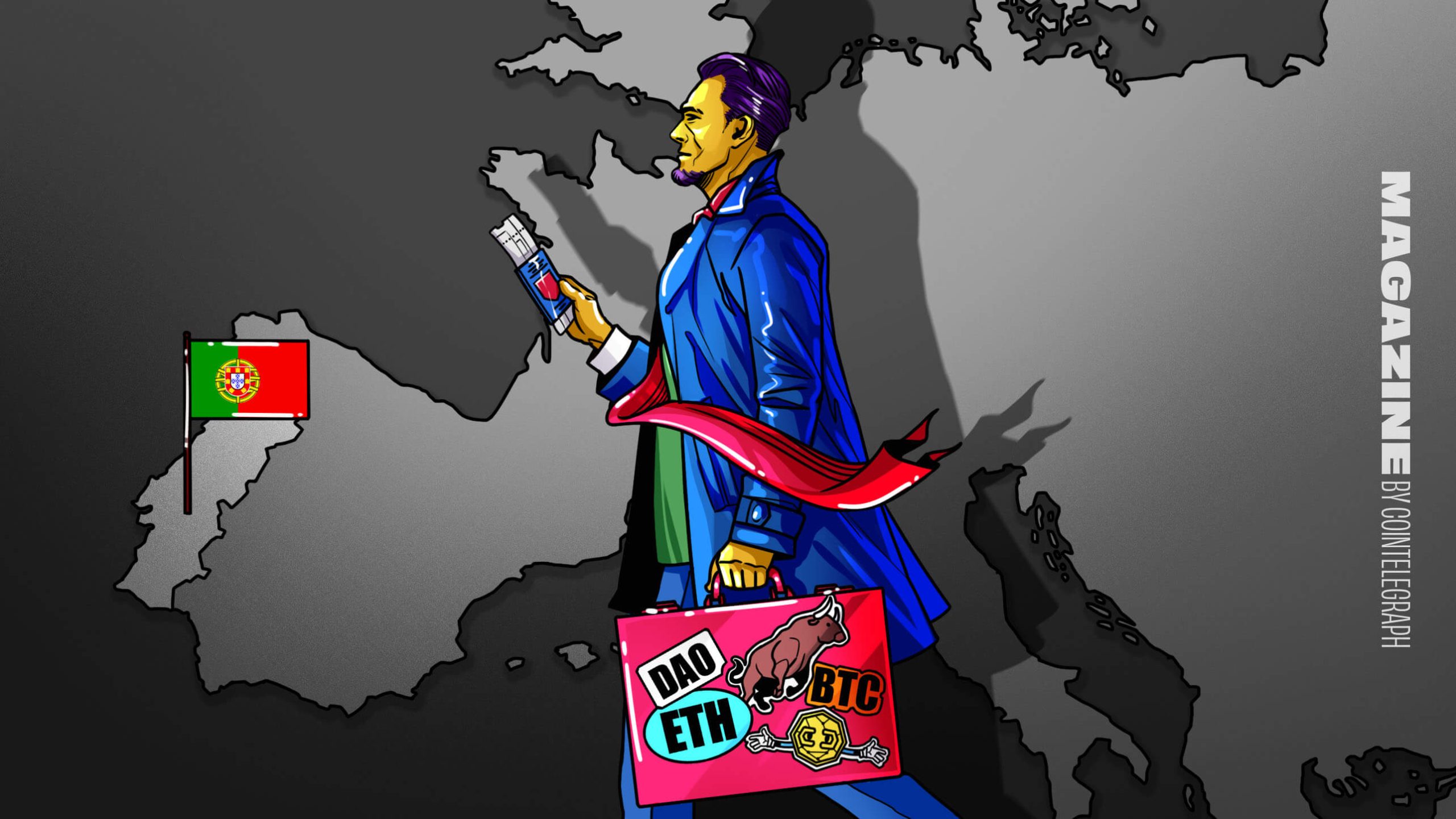




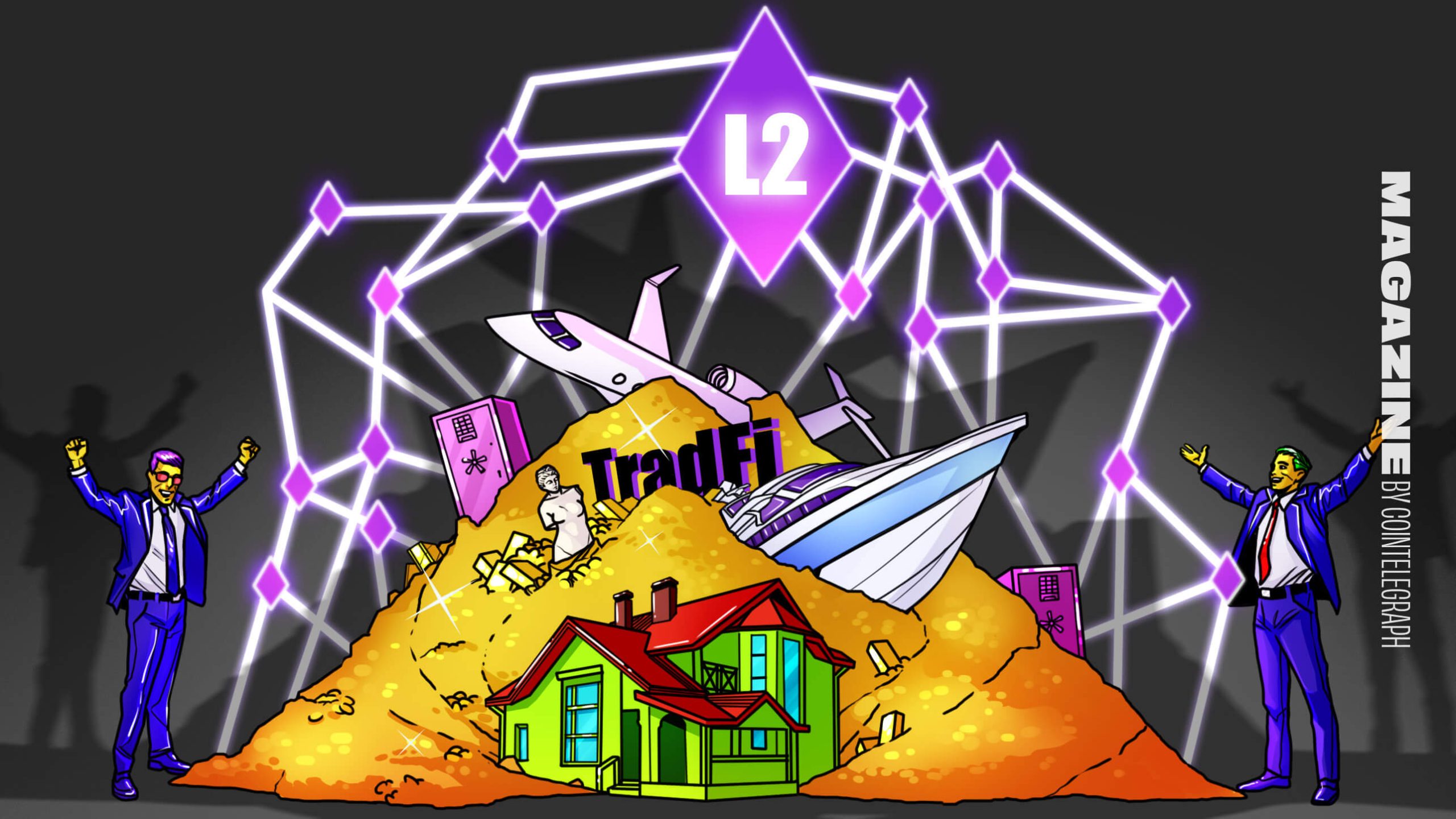

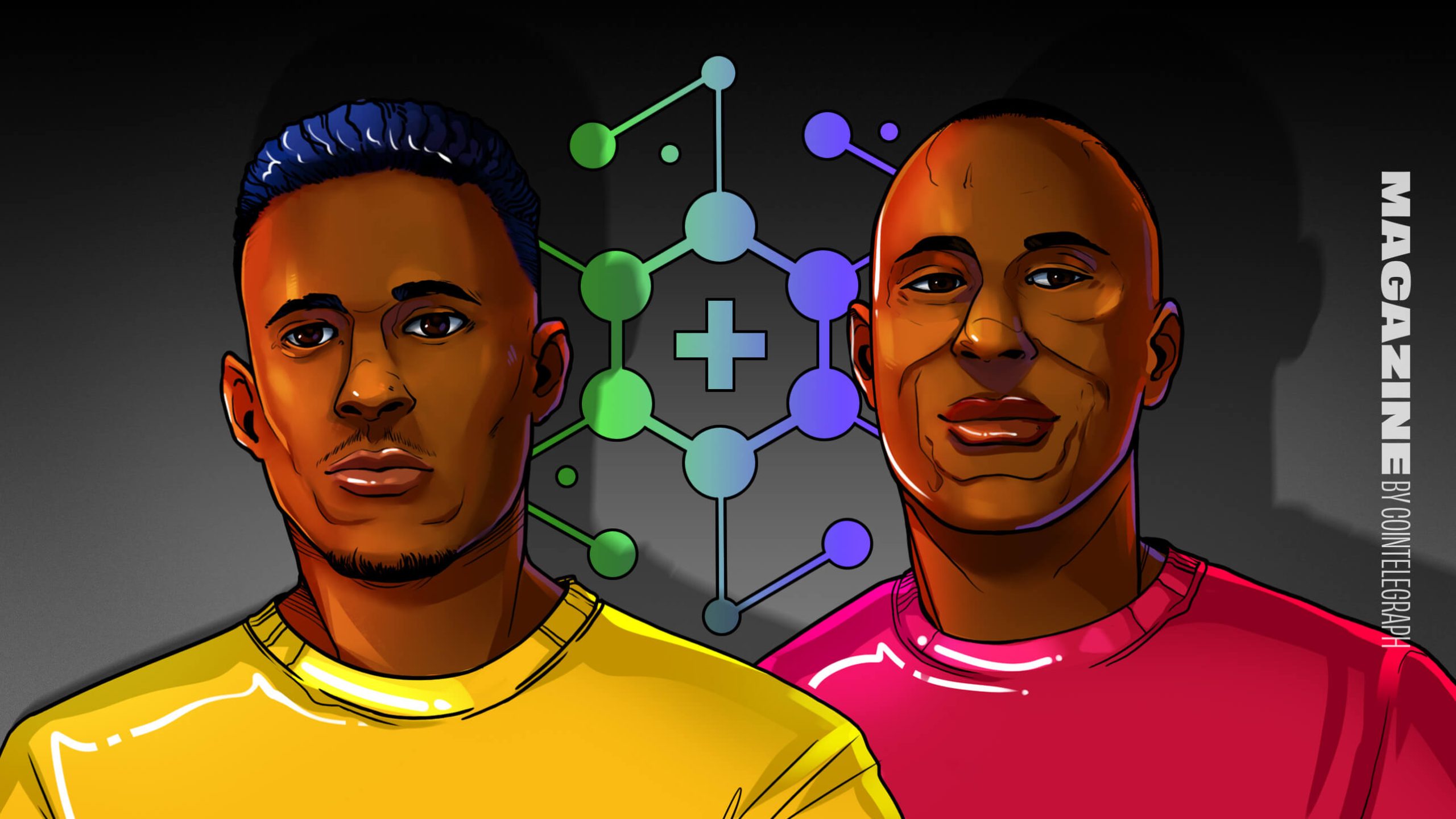




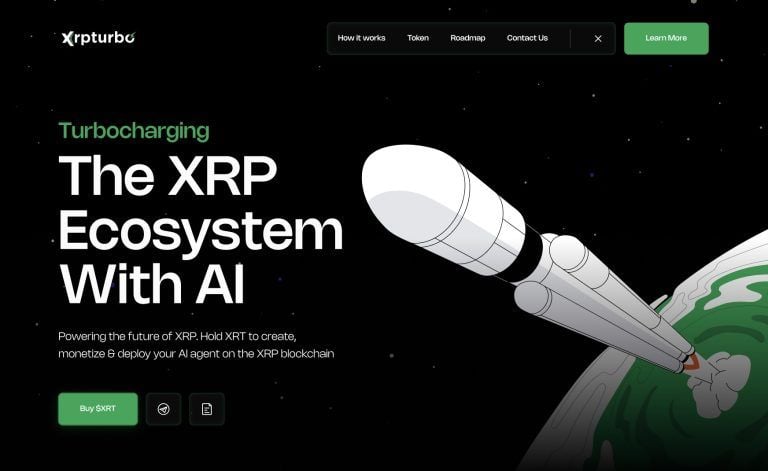




Comments